Memory = Forget
<기억 = Gløm>
Wood frames, Wood panels, Aluminium panel, LED lights, Electronic components / 200 cm x 325 cm / 90 cm x 190 cm
Steel frames, LED lights, Electronic components / each. 85 cm x 85 cm
2021
Godshuset Kulturstasjon, Spydeberg, Norway
Steel frames, LED lights, Electronic components / each. 85 cm x 85 cm
2021
Godshuset Kulturstasjon, Spydeberg, Norway
나무 건축 매체, 알루미늄 판넬, LED, 그 외 혼합 매체/ 200 cm x 325 cm / 90 cm x 190 cm
철골 구조, LED, 그외 혼합매체 / 각 85 cm x 85 cm
2021
Godshuset Kulturstasjon, 스피테베르그, 노르웨이
철골 구조, LED, 그외 혼합매체 / 각 85 cm x 85 cm
2021
Godshuset Kulturstasjon, 스피테베르그, 노르웨이
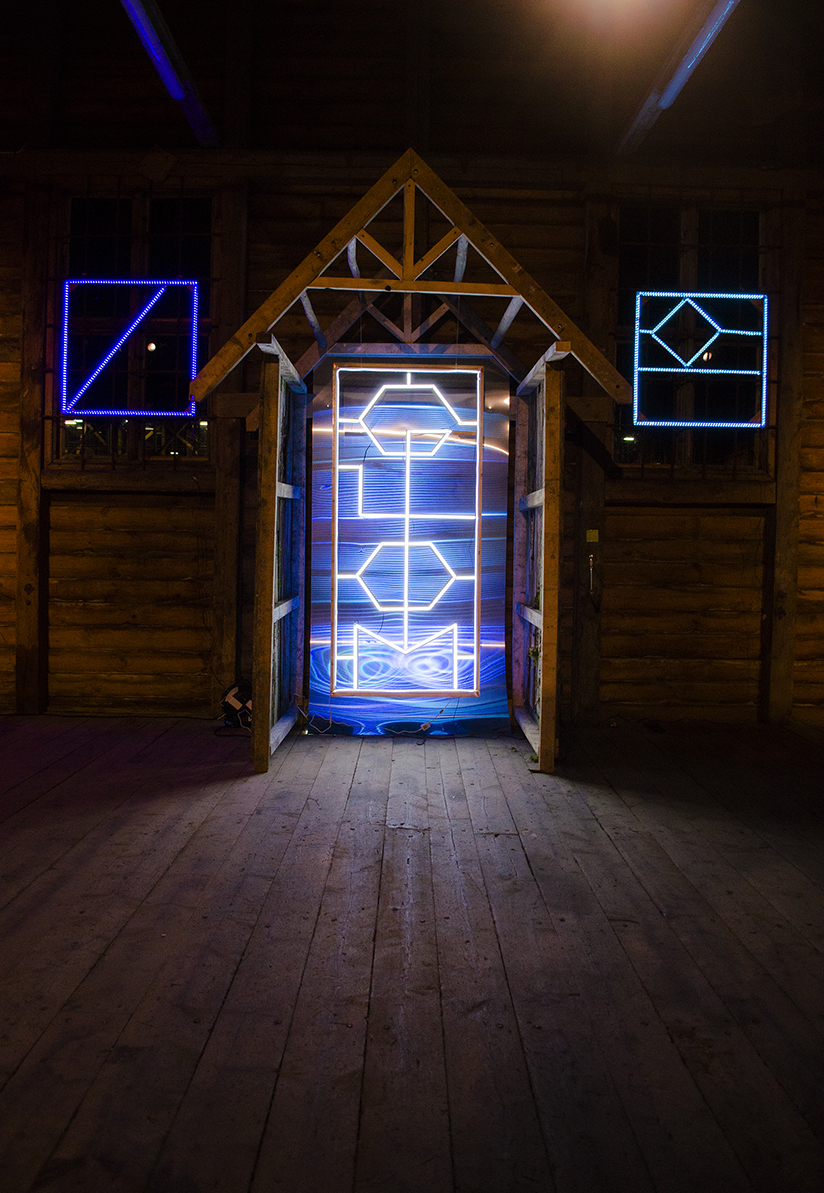
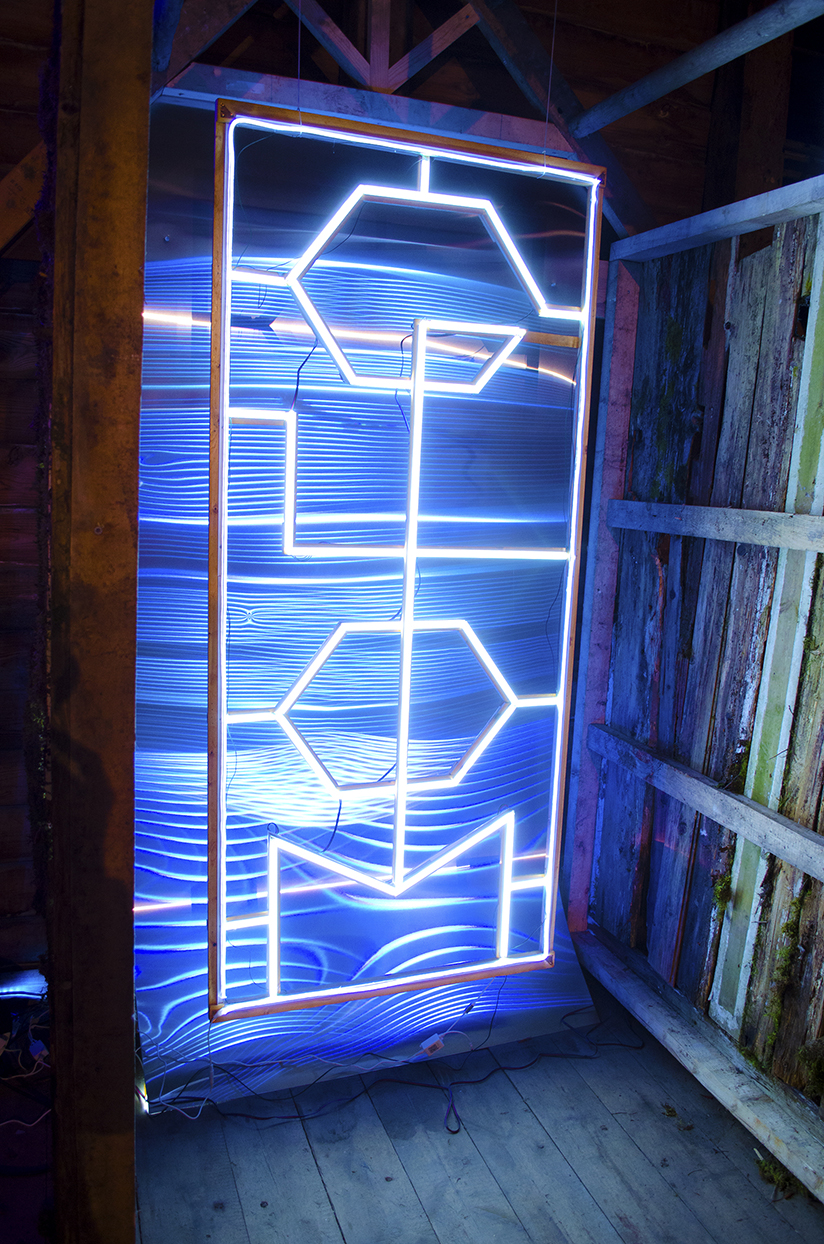
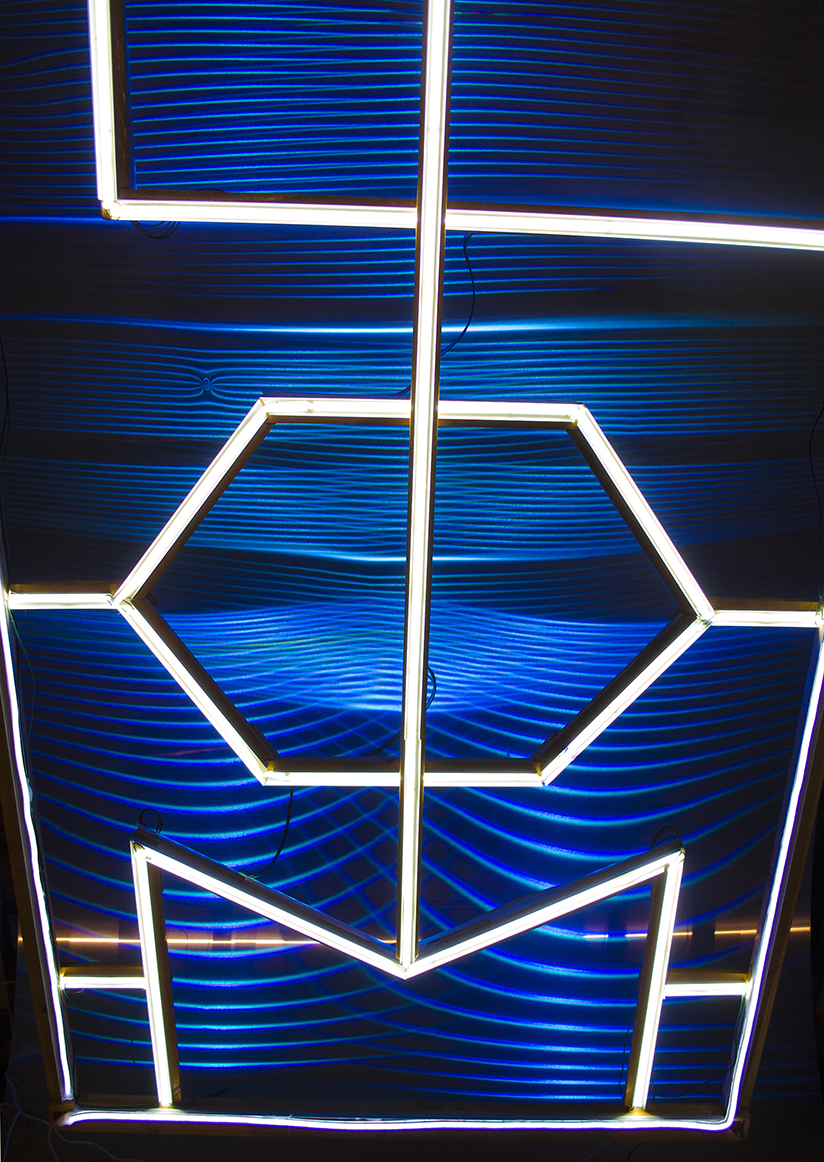
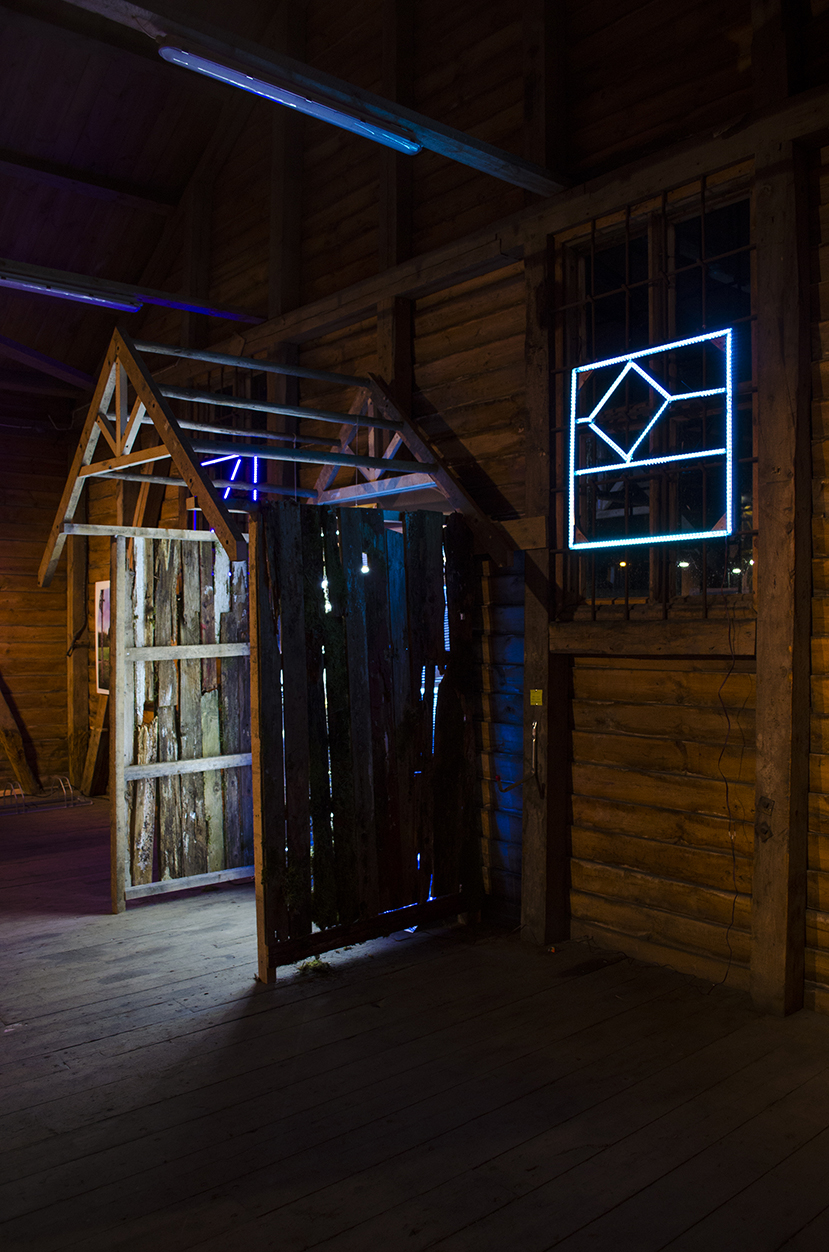
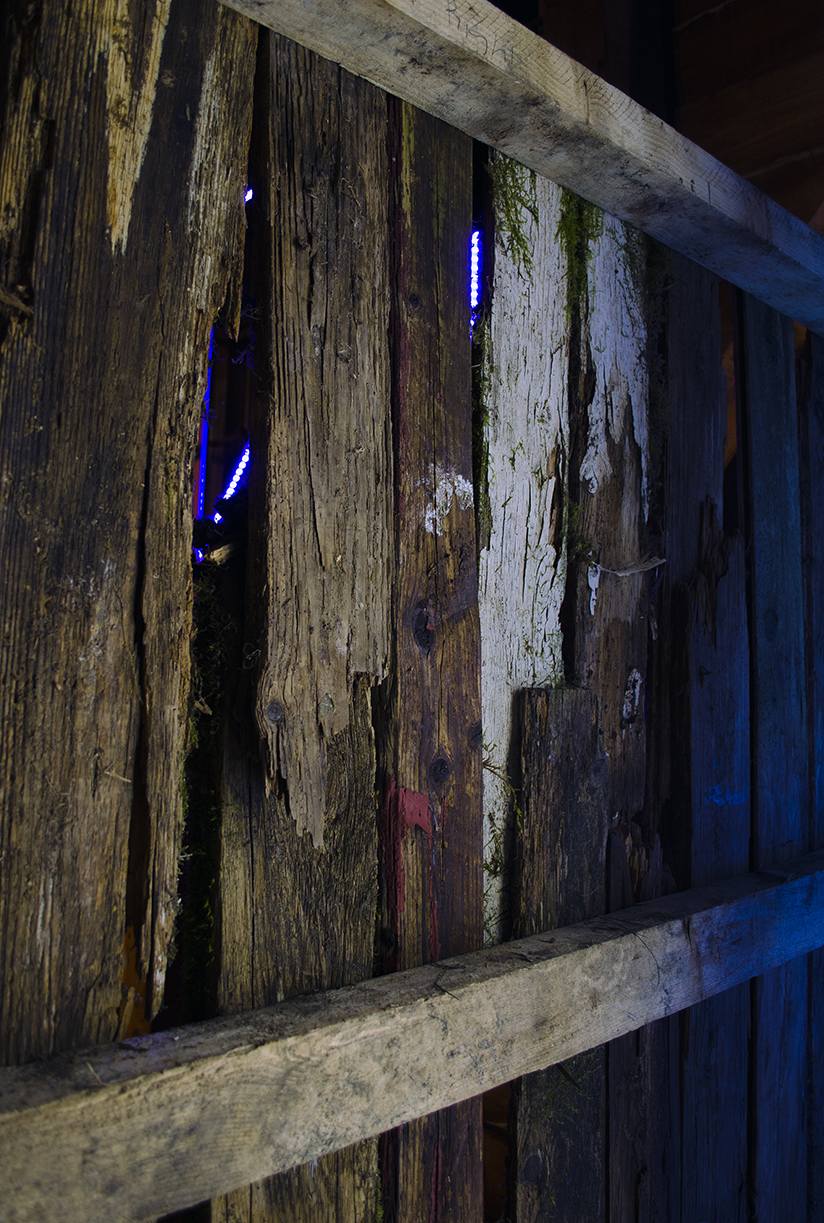

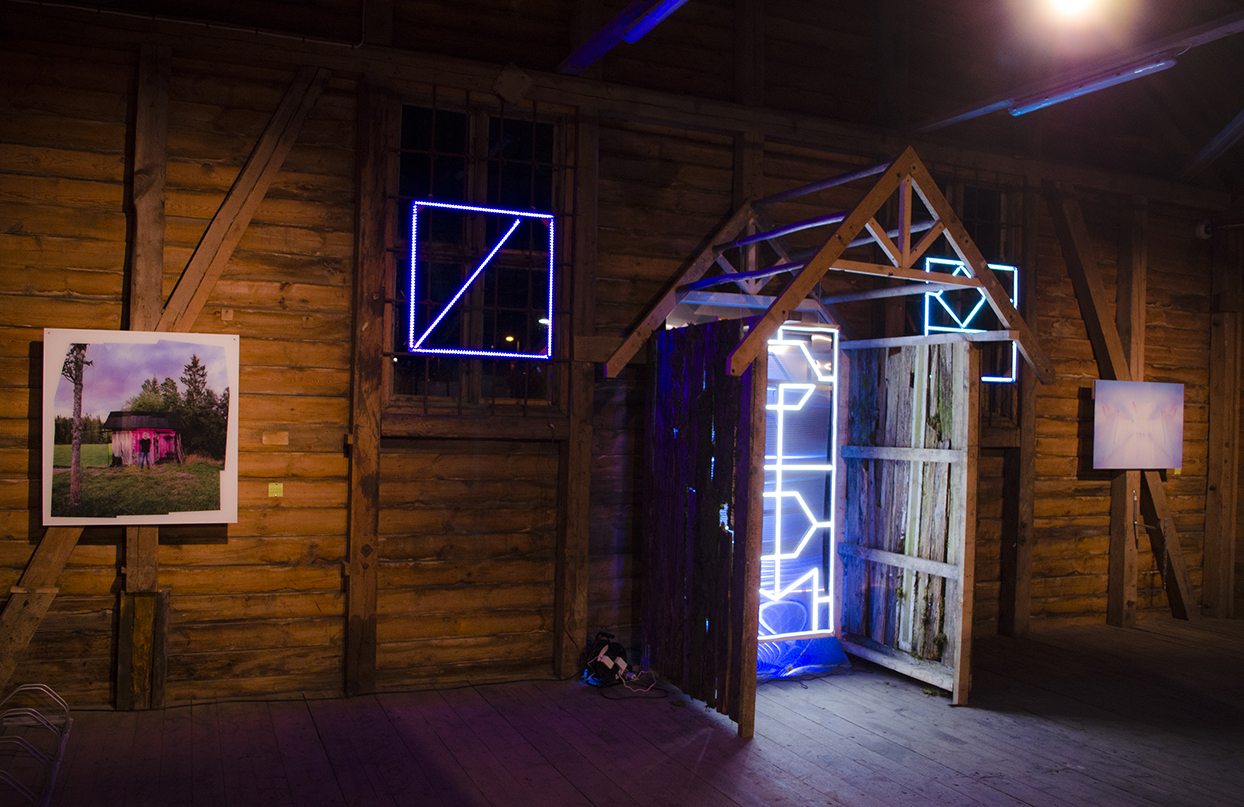

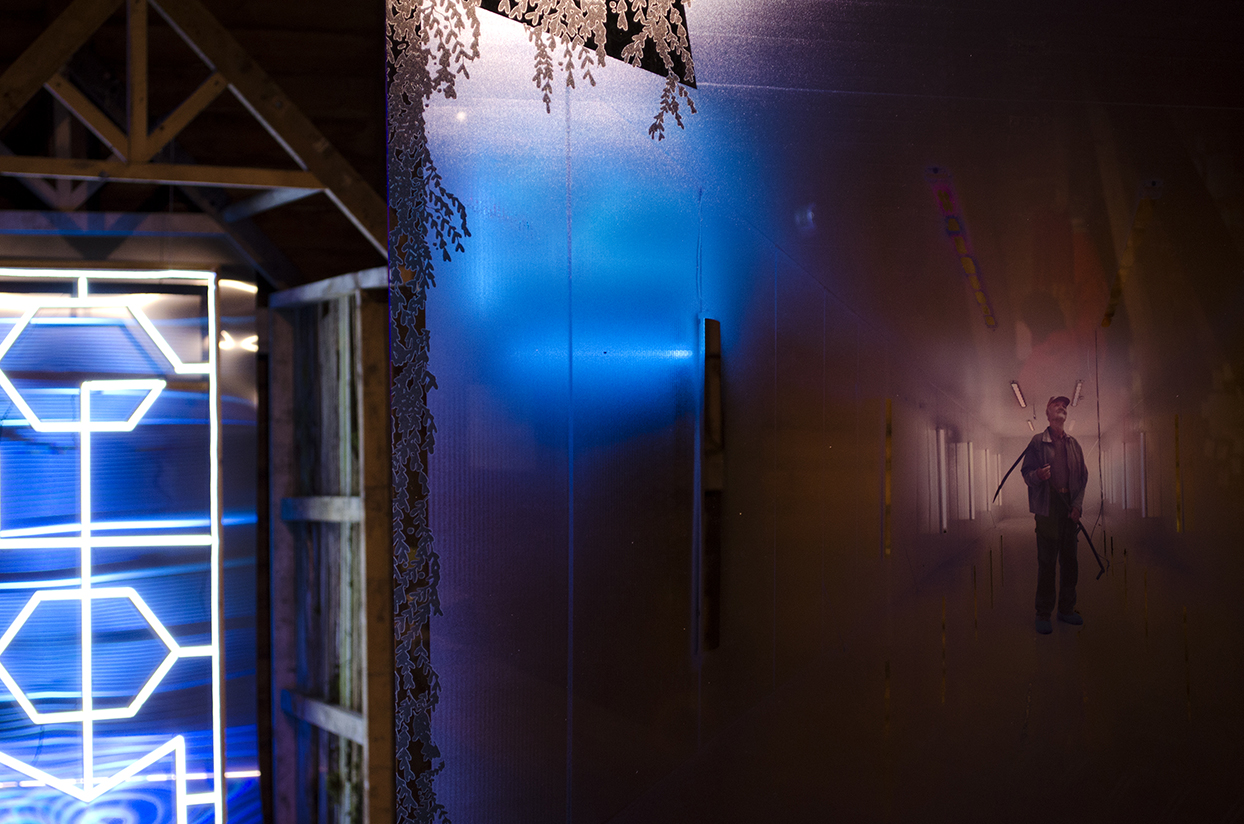



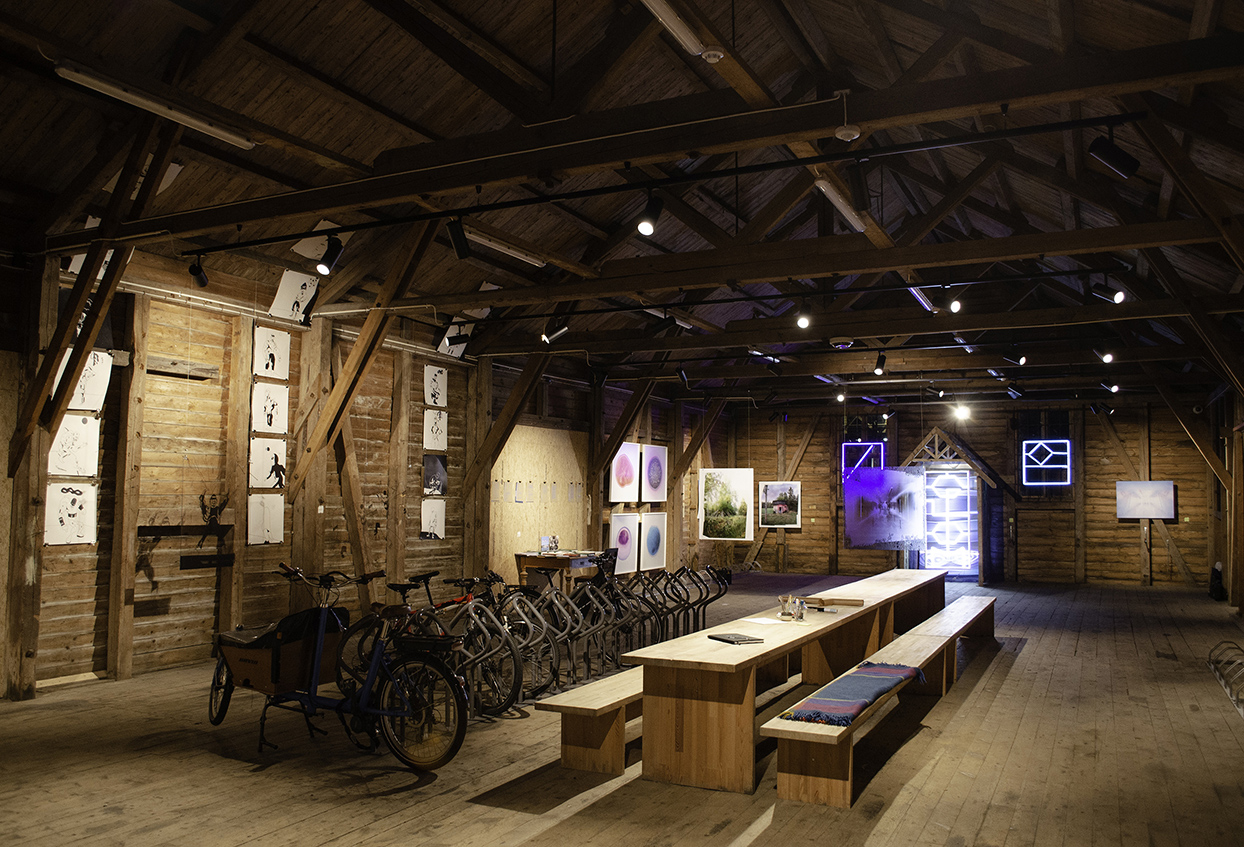
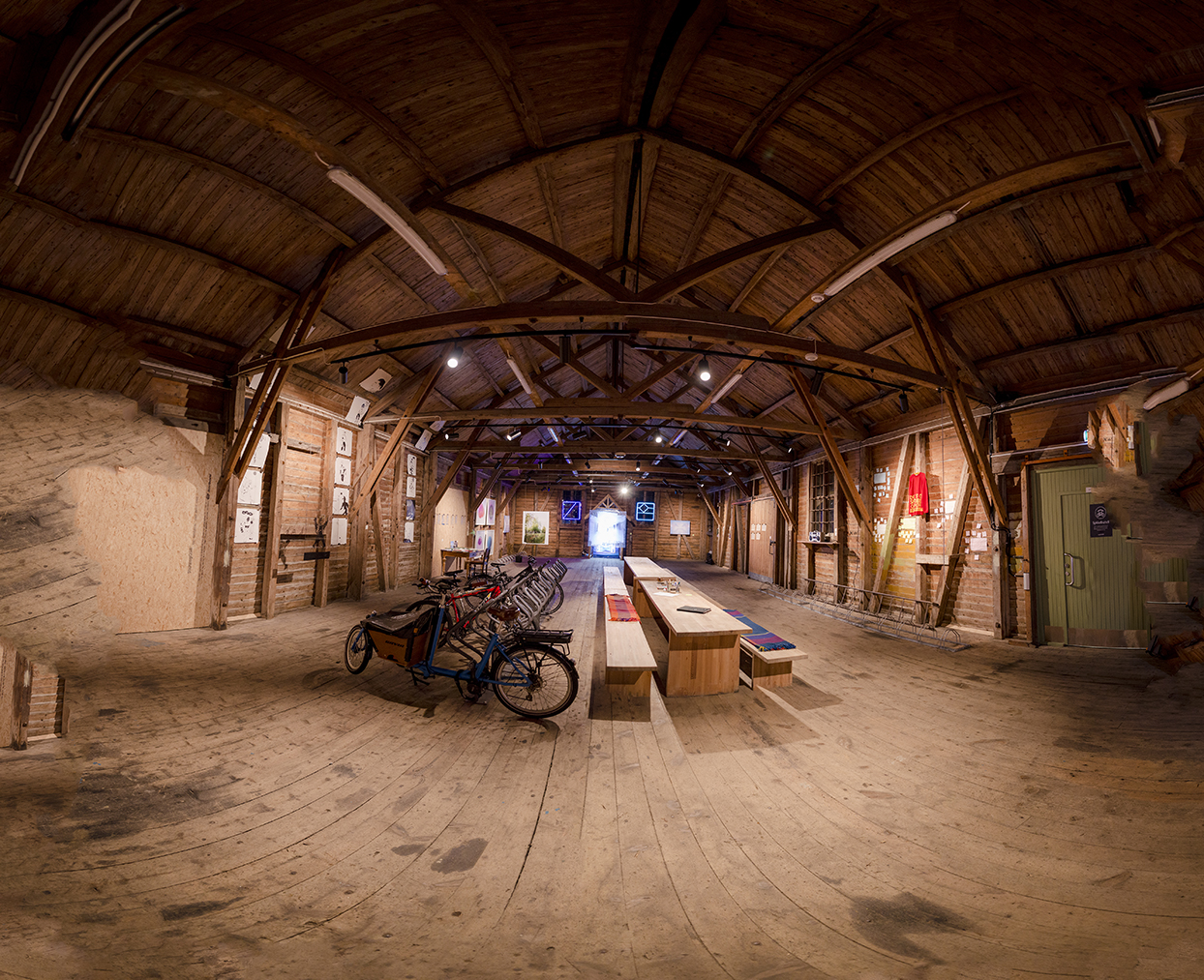
“Det Store Spydebergopprøret”, 2021
Godshuset Kulturstasjon, Spydeberg, Norway coordinated and curated by Magnus Bjerk exhibition space coordinated by Namia Leigh
Godshuset Kulturstasjon, Spydeberg, Norway coordinated and curated by Magnus Bjerk exhibition space coordinated by Namia Leigh
“The Great Spydeberg Uprising”, 2021
Godshuset 문화역사, 스피데베르그, 노르웨이
기획 및 큐레이팅 : Magnus Bjerk
공동 기획 및 공간 디자인 : 나미아
Godshuset 문화역사, 스피데베르그, 노르웨이
기획 및 큐레이팅 : Magnus Bjerk
공동 기획 및 공간 디자인 : 나미아
This project has been inspired by stories that contains personal and historical accounts of "Husmanns' lives" during early 1900's in Norway. The remains of husmannsvesenet (Tenant farmer system), is now only existing as memories that are passed down as stories from one generation to the other.
What happens when those stories are fragmented and fade out?
How can those forgotten stories and memories be commemorated ?
Does 'forgotten' mean an absolute loss of memory?
What memorial forms and strategies can encourage the act of reassemblance and recall?
Often thought to be a glitch of memory, forgetting has long been acknowledged as an integral part of memories in Eastern philosophy such as Buddhism and Taoism.
In light of that, in junction between the words "remember" and "forget", I see a fold of spacetime, not a disconnection.
By reproducing an entrance of a husmann family house, this light installation monument opens a door to memories from the forgotten stories and leaves space for imagining potential past and future.
What happens when those stories are fragmented and fade out?
How can those forgotten stories and memories be commemorated ?
Does 'forgotten' mean an absolute loss of memory?
What memorial forms and strategies can encourage the act of reassemblance and recall?
Often thought to be a glitch of memory, forgetting has long been acknowledged as an integral part of memories in Eastern philosophy such as Buddhism and Taoism.
In light of that, in junction between the words "remember" and "forget", I see a fold of spacetime, not a disconnection.
By reproducing an entrance of a husmann family house, this light installation monument opens a door to memories from the forgotten stories and leaves space for imagining potential past and future.
이 프로젝트는 1900년대 초반 노르웨이의 "Husmanns의 삶"에 대한 개인적이고 역사적인 설명이 포함된 Magnus Bjerk의 할아버지 이야기에서 받은 영감을 통해 기획되었다. 이제는 노르웨이에서 더 이상 유효하지 않은 Husmannsvesenet(소작농 시스템)은 그 이야기를 전수받은 후세의 기억에 남겨져있을 뿐이다.
과연 그 이야기들이 파편화되고 희미해지면 어떻게 되는 것일까?
그 잊혀진 이야기와 추억을 어떻게 추모할 수 있는 것일까?
“잊었다”는 것이 절대적인 기억 상실을 의미하는 걸까?
어떤 형식의 추모와 전략이 파편화되고 희미해진 기억을 재조립하고 회상할 수 있도록 장려해줄 수 있을까?
종종 기억의 결함으로 생각되는 망각은 불교와 도교와 같은 동양 철학에서 기억의 일부로 오랫동안 인정되어왔다.
그런 점에서 “기억하다”와 “잊다”라는 단어의 접합부분에서 나는 단절이 아니라 접혀진 시공간을 본다.
당시의 소작농 가족들이 살았던 집의 입구는, 그런 의미에서 볼때, 시공간이 접혀지는 공간으로 스피데베르그 지역 주변에 버려지고 오랫동안 내버려둔 건축 자재들을 주어 모아 재현되었다. 실제로 설치물의 벽면의 한 부분은 현재 형태는 없어지고 터만 남은 어느 소작농 집의 남은 부분으로 채워졌다.
LED로 대체된 네온사인이 있는 설치물은 환상의 기념물로써 잊혀진 이야기의 기억을 회상하고 잠재적인 과거와 미래를 상상할 수 있는 공간으로 남는다.
과연 그 이야기들이 파편화되고 희미해지면 어떻게 되는 것일까?
그 잊혀진 이야기와 추억을 어떻게 추모할 수 있는 것일까?
“잊었다”는 것이 절대적인 기억 상실을 의미하는 걸까?
어떤 형식의 추모와 전략이 파편화되고 희미해진 기억을 재조립하고 회상할 수 있도록 장려해줄 수 있을까?
종종 기억의 결함으로 생각되는 망각은 불교와 도교와 같은 동양 철학에서 기억의 일부로 오랫동안 인정되어왔다.
그런 점에서 “기억하다”와 “잊다”라는 단어의 접합부분에서 나는 단절이 아니라 접혀진 시공간을 본다.
당시의 소작농 가족들이 살았던 집의 입구는, 그런 의미에서 볼때, 시공간이 접혀지는 공간으로 스피데베르그 지역 주변에 버려지고 오랫동안 내버려둔 건축 자재들을 주어 모아 재현되었다. 실제로 설치물의 벽면의 한 부분은 현재 형태는 없어지고 터만 남은 어느 소작농 집의 남은 부분으로 채워졌다.
LED로 대체된 네온사인이 있는 설치물은 환상의 기념물로써 잊혀진 이야기의 기억을 회상하고 잠재적인 과거와 미래를 상상할 수 있는 공간으로 남는다.
© 2025 NAMIA LEIGH
